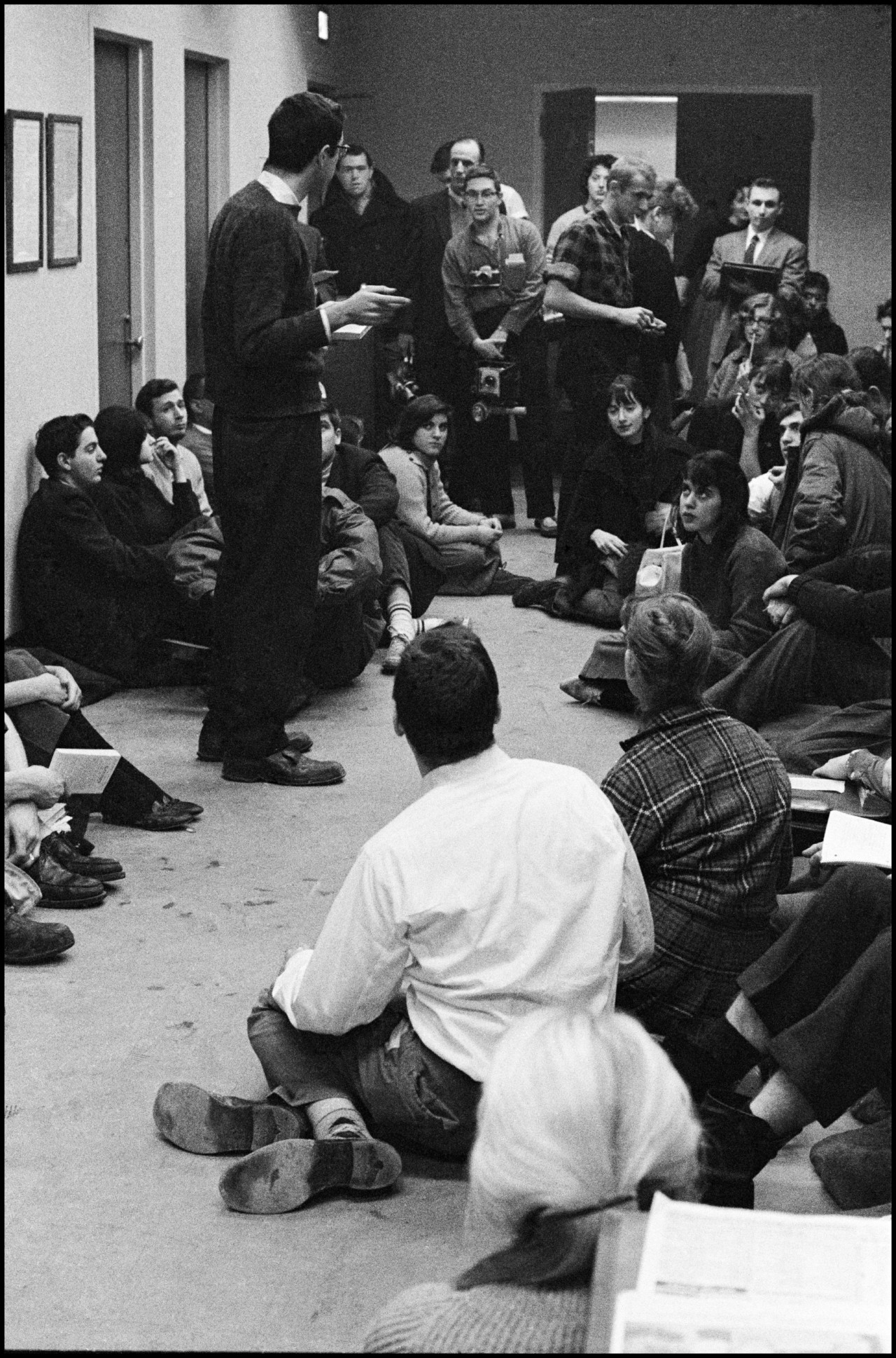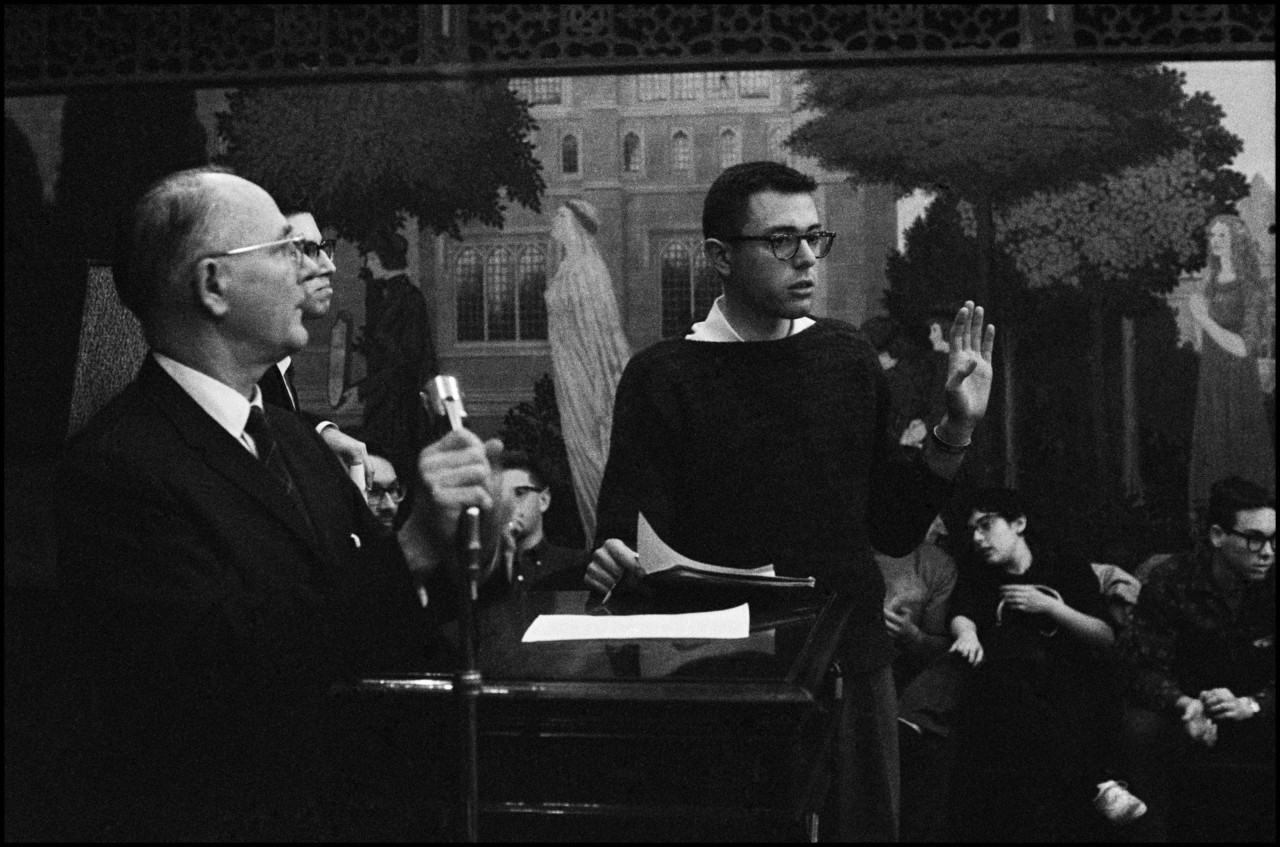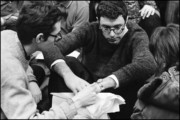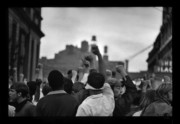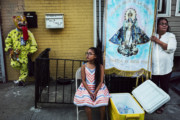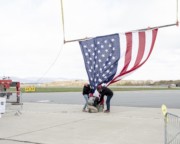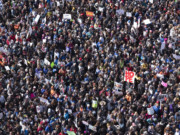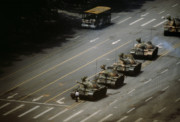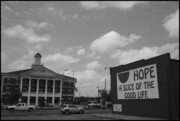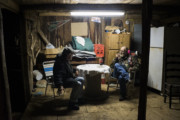Behind the Image: Bernie Sanders at the University of Chicago Racial Equality Sit-in, 58 Years Ago
Danny Lyon recalls his first encounter with the young activist Bernie Sanders, while covering a sit-in at the University of Chicago.
In light of the ongoing US Democratic Presidential Primary, we look back upon Danny Lyon’s documentation of the civil rights movement during the ‘60s, and specifically his images of a young Bernie Sanders – now Democratic presidential candidate – and his role in student activism at the University of Chicago’s Congress of Racial Equality (CORE) sit-in. The images gained national attention during the 2016 Presidential Primary when certain news outlets disputed the claim that Sanders was part of the protest at all. We spoke with Danny Lyon about his work as a campus photographer, his documentation of student activism and the much-debated protest pictures.
Danny Lyon, now one of the most renowned photographers of the civil rights movement in the American South, began his career as an on-campus photographer at the University of Chicago, where he enrolled in 1960. While studying and working, Lyon would also undertake personal photographic projects in his free time: by February 1962, the photographer had made four trips to the Deep South as a civil rights activist, working as a member of the Student Nonviolent Coordinating Committee (SNCC). In that same month he also participated in what is considered to have been the first sit-in to occur in the north of the country — at his own school, the University of Chicago. Organized by the Congress of Racial Equality (CORE), the demonstration was staged in opposition to the university’s segregated campus housing policy. One of the leaders of the sit-in was 20-year old Bernie Sanders.
“My friend who was part of CORE came running to me one day and said, ‘You got to come and see this.’” Lyon recalls, after being asked how the events of the protest unfolded. “There was a sit-in going on in the administration building in mid-campus, in front of the chancellor George Beadle’s office – he was a Nobel prize winner. What had happened is that students had gone into his office and sat down so that he couldn’t enter. This was a very aggressive militant act. The issue was that the University of Chicago, like many other universities, owned a lot of housing around the campus and they basically discriminated against black students.”
“That sit-in was a great historic moment” Lyon continues, “because the civil rights movement had begun in the South, but nothing much had happened anywhere else. It was the first time a sit-in, a militant demonstration, would occur in the North. It was a big deal.”
However, Lyon believed that in spite of this event, the true struggle for justice was still focused in the South. He recalls walking into the Chancellor’s office and thinking that this was not ‘the real thing’. Six months after making the images of the sit-in, he would return to the South and take his iconic images of the struggle for racial justice – images that would cement his place as a documenter of the civil rights movement.
Danny Lyon did not pay much attention to the images of the sit-in at the University of Chicago at the time. He took quick close-ups of the leaders of the protest and some establishing shots in front of the chancellor’s office, which were published in the University of Chicago’s newspaper, the Maroon.
“50 years went by” Lyon reflects when explaining the images’ second life in the 21st Century: “One of the pictures began to surface when Bernie become a senator in Vermont. But they were not credited. I told Nancy, “I think I made that picture. I wish I could find the contacts”. And then his [in 2016] presidential campaign started and people started circulating the vertical image and that is all they showed.”
The debate around whether Sanders had been an early supporter of the African American civil rights movement got so heated that, according to Lyon, people went into the archives of the University of Chicago and changed captions on his 1962 photos, amending them to say that the figure leading the demo was Bruce Rappaport, not Sanders.
“Nancy and I went to my darkroom with my dog,” Lyon remembers, “and we found the box I keep a few of all my negatives and contact sheets in. And there they were, the four rolls of film from the sit-in. When I looked at them closely, I found the portraits of Bernie Sanders. I scanned the contact sheets and published them as a blog post on my website – bleakbeauty.com. The next day I checked my stats on my site, usually, 20 people looked at my website, but this time was 44,000. The next day the number was 83,000. I couldn’t believe it!”
"Since the time of Roosevelt, there had been a real effective political alliance between African Americans and Jewish Americans. The children of immigrants that had fled lands where they had been persecuted and discriminated against as a despised minority identified with and fought for the rights of American blacks. "
- Danny Lyon
After finding these images Lyon and Sanders reconnected at the senators’ recent rally in Chicago, where both of them gave speeches. While the American photographer introduced the presidential contender, Sanders talked about the sit-in that took place 58 years ago, and while he acknowledged that the real struggle been in the South, he noted that the sit-in photographed by Lyon did result in official changes to the housing policy of the University of Chicago.
“That is why I am still with Bernie,” Lyon concludes. “Bernie chose to organize in the North. I went south. I became the principal photographer of the Southern civil rights movement, John Lewis’s roommate in Atlanta, and a paid staff member of the SNCC. In 1962 there were very few white northerners that went south. In many ways, the SNCC did not want them to come. Integrated groups in the deep South seemed to incite violence. Finally, in the summer of 1964, SNCC and CORE recruited students from the North, and a thousand, mostly northern whites came to Mississippi. Within days, just as Freedom Summer began, three were murdered. Andrew Goodman, Mickey Schwerner, and James Chaney. They were taken into the woods and lynched. Goodman and Schwerner were both from New York City. They were both Jewish, as I am. As Bernie Sanders is. Since the time of Roosevelt, there had been a real effective political alliance between African Americans and Jewish Americans. The children of immigrants that had fled lands where they had been persecuted and discriminated against as a despised minority identified with and fought for the rights of American blacks. It was a natural and powerfully effective alliance.”
More of Lyon’s images and writings from the civil rights movement can be found on his personal blog.




